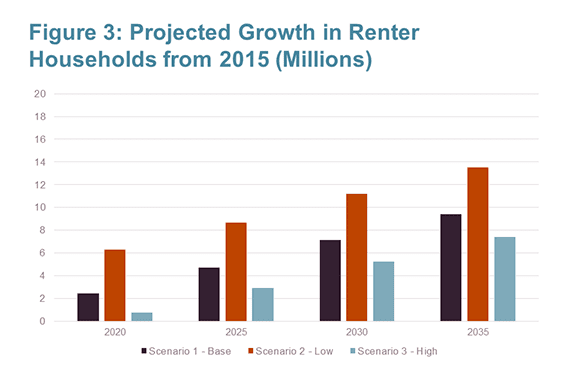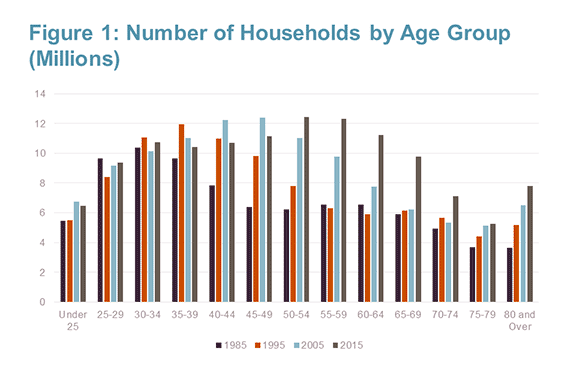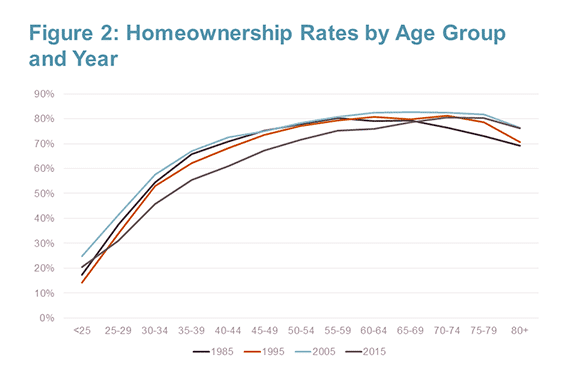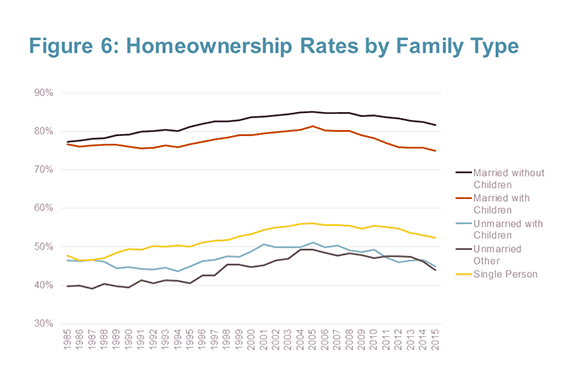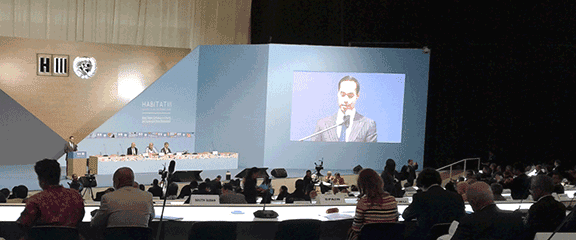 |
| by Shannon Rieger Research Assistant |
From tax reform to fair housing, the incoming Trump administration
and new Congress are likely to adopt policies that could greatly affect
housing, particularly affordable subsidized housing, noted speakers at a
conference held in Boston last week. Organized by The New England Housing Network, a broad coalition of housing and community
development organizations from the six New England states, the December
16th event focused on what the new administration and Congress will “do about
the unmet need for affordable housing in our country” and what advocates can do
to encourage a robust federal affordable housing agenda in 2017.
Speakers, including national experts, state officials, and
leading advocates from throughout New England, touched on a variety of issues,
including tax reform, the future of Government Sponsored Enterprises (GSEs), infrastructure
initiatives, anti-poverty programs, and fair housing policies. Everyone noted
that many current programs and initiatives are threatened and that much of the
discussion is speculative because there is tremendous uncertainty surrounding
the Trump administration’s plans, as well as the likelihood that Congress may
not support the new administration’s policies. Nevertheless, panelists discussed
several potential strategies for bringing together an effective coalition to
advocate for affordable housing at a particularly challenging time.
In opening remarks, several panelists warned that the incoming Trump administration’s stated focus on increasing defense spending while cutting corporate taxes from 35 to 15 percent will shrink the non-defense discretionary budget. With new capital investment therefore unlikely to materialize, several panelists noted that it will be tempting – and perhaps necessary – to go into “preserve and protect” mode to maintain existing affordable housing programs. However, discussants went on to emphasize the importance of pushing back against proposed spending cuts instead of focusing on potential losses. The panelists agreed that agencies and advocates must join forces to fight for the common goal of increasing overall non-defense spending, and pointed out that squabbling over the pieces of a shrinking pie would likely only undermine critical potential alliances.
 |
| (Photo courtesy of Asian Community Development Corporation) |
In opening remarks, several panelists warned that the incoming Trump administration’s stated focus on increasing defense spending while cutting corporate taxes from 35 to 15 percent will shrink the non-defense discretionary budget. With new capital investment therefore unlikely to materialize, several panelists noted that it will be tempting – and perhaps necessary – to go into “preserve and protect” mode to maintain existing affordable housing programs. However, discussants went on to emphasize the importance of pushing back against proposed spending cuts instead of focusing on potential losses. The panelists agreed that agencies and advocates must join forces to fight for the common goal of increasing overall non-defense spending, and pointed out that squabbling over the pieces of a shrinking pie would likely only undermine critical potential alliances.
Identifying and fostering cross-sector alliances and
interdependencies emerged as a central theme throughout the forum. The
panelists suggested that lifting up housing’s strong ties to health and to
economic opportunity, in particular, will be critical in order to keep housing
on the agenda. Barbara Fields, Executive Director of Rhode Island Housing, a
state entity that works with developers and non-profit groups, illustrated how
this might be accomplished by referencing an oft-cited quote from Rakesh Mohan,
Deputy Governor of the Federal Reserve Bank of India, who in 2007 said,
“Because housing is where jobs go to sleep at night, the quantity, quality,
availability and affordability of housing is a key component in national
economic competitiveness.”
Similarly, Chris Estes, President and CEO of the National
Housing Conference, recalled Megan Sandel’s description of housing as a
“vaccine” that can improve health. Chrystal
Kornegay, Undersecretary of the Massachusetts Department of Housing and
Community Development, added that we should think of housing as a beginning
rather than an end, highlighting housing’s potential to bring together a
variety of groups that ordinarily might not collaborate.
Turning to specifics, panelists noted that tax reform could
dramatically affect both the Low-Income Housing Tax Credit (LIHTC) and Private
Activity Bonds. Panelists referenced a House bill that would eliminate Private
Activity Bonds but keep LIHTC, while a Senate bill introduced in May 2016 would
expand the LIHTC program by 50 percent. They also discussed House Speaker Paul Ryan’s June 2016 tax plan which, by greatly increasing the
standard deduction, would substantially reduce use of the mortgage interest
deduction. Although it is far from certain that this proposal will become law,
panelists suggested that if reforms do happen, housing advocates should insist
that any revenue generated by the changes be re-invested in housing on measures
such as a renters’ tax credit and not used for other purposes.
Discussants also noted that Treasury Secretary designate Steven
Mnuchin and key members of Congress appear to significantly disagree on GSE
reform. Mnuchin has said he is interested in seeing that Fannie Mae and Freddie Mac are taken out of “government ownership,” restructured, and privatized. However, Congress has
not demonstrated support for a “recap and release” of the GSEs. These
disagreements may impede any efforts to reform GSEs, noted several panelists.
The conflicting perspectives about both issues within the
Republican Party will make it hard to substantially change the tax code or
restructure the GSEs, said Benson “Buzz” Roberts, President and CEO of the National
Association of Affordable Housing Lenders. He also noted that “inertia is the
most powerful third party in the United States”, and may slow down or even block
substantial changes in tax policy or GSE reform in the next several years.
Several panelists pointed out that President-Elect Donald Trump’s
plan to substantially increase spending on infrastructure explicitly includes
roads, bridges, tunnels, airports, railroads, ports and waterways, and
pipelines. However, they added, it is unclear whether or not housing will (or
could) be part of this spending package.
Including housing in those programs, panelists noted, might be an
effective way to fund housing in coming years. In thinking about how to effectively
communicate the role of housing as an economic engine, Fields suggested that
investments in the skilled labor needed to build housing (along with the other
forms of infrastructure explicitly mentioned in the Trump administration’s
plan) may help to mitigate existing labor shortages and grow the economy.
Turning to anti-poverty, mobility, and fair housing policies
under the incoming Trump administration, the discussants agreed that the AFFH
(Affordably Furthering Fair Housing) initiative will certainly be under threat
from a Republican-majority Congress and from incoming HUD Secretary Ben Carson,
who last year wrote an op-ed denouncing the rule. The future of anti-poverty policies is less
certain. Speaker Ryan’s “welfare reform 2.0” plans are the most concrete
indication of how the Trump Administration might approach “anti-poverty” policy.
Ultimately, panelists concluded that while there is little concrete information
about how the Trump administration will proceed in this arena, the strong focus
of the Trump campaign on economic opportunity and mobility for all Americans may
present some opportunities. For example, by highlighting housing’s role in
advancing mobility, housing advocates could align a housing agenda with other
Trump administration priorities.
Taken together, the upshot of the discussions was that while
many existing programs and initiatives could be under threat, the future of
housing policy in a Trump administration is very uncertain. Opportunities may arise from uncertainty,
though, such as the potential to insist that housing be included as a part of
infrastructure investment. The panelists added that recognizing such opportunities,
and starting today to proactively build strong, cross-sector coalitions able to
take advantage of potential openings, will be critical to advancing an
affordable housing agenda in coming years.







